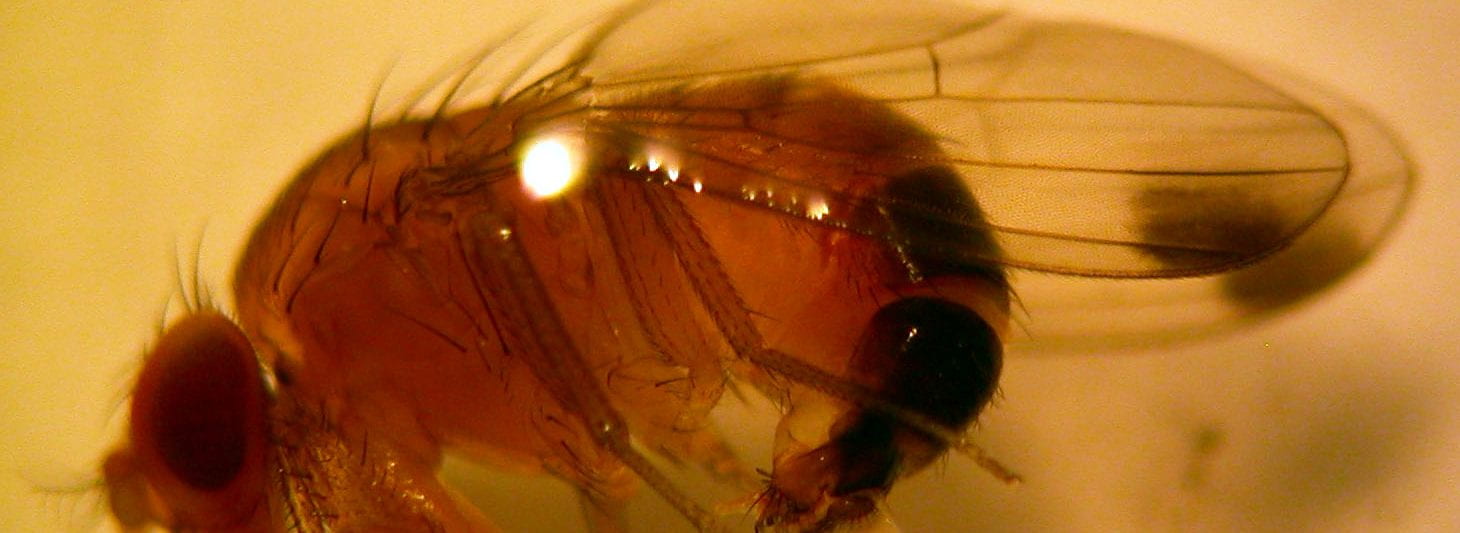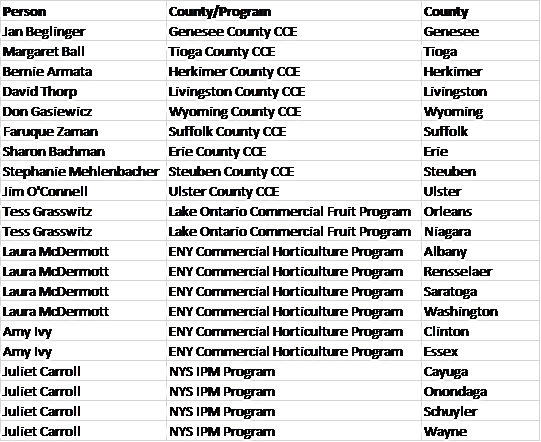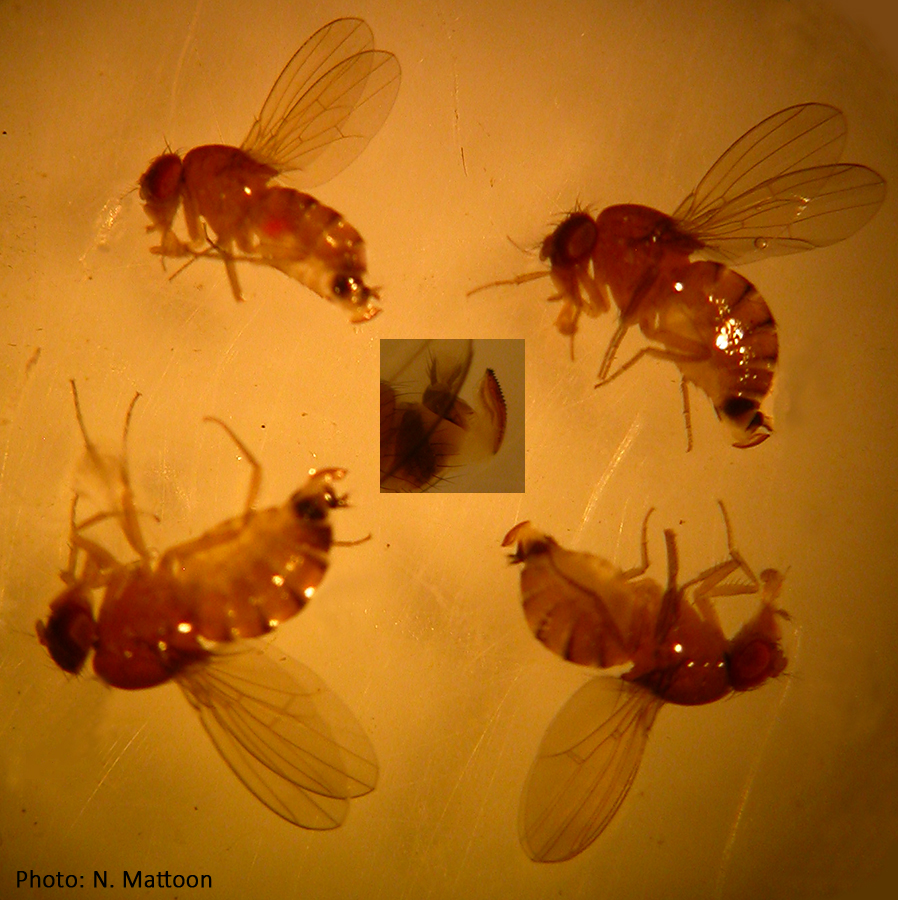SWD populations are building up and the warm, humid weather of late summer and early fall is very favorable for spotted wing. Any fruit hanging will be at risk of infestation. Not until late November will the majority of female SWD no longer carry eggs, as they prepare for overwintering.
Wayne Wilcox, grape pathologist, Plant Pathology & Plant-Microbe Biology Section, Cornell University, sent this alert out, "...the warm, humid conditions are ideal for the yeast and bacteria that cause sour rot, not just for SWD. These weather conditions strongly favor sour rot, since sour rot appears to require three components: (1) yeast, (2) bacteria, and (3) fruit flies—either the "everyday" fruit fly Drosophila melanogaster or SWD Drosophila suzukii. SWD is NOT required for sour rot to occur and, indeed, we do not typically find it associated with sour rot in the Finger Lakes region, although sour rot can be common here.
Recent research information on grape sour rot from Wayne's program was summarized last spring on pages 47-57 in GRAPE DISEASE CONTROL, 2016. Included in these pages are details on research trials in field and lab, management tactics, efficacy of fungicides and insecticides, and impact of training systems on the development of sour rot in wine grapes. For those of you growing wine grapes, advising growers on sour rot, or simply interested in a complex and difficult to control disease, these pages are definitely worth a read.
An interesting observation came in yesterday from a wine grape grower in the Finger Lakes where the region has been plagued by drought. Several inches of rain had fallen in their area recently, causing many berries in the cluster to swell and crack. This is an ideal setting for infestation by SWD, other Drosophila species, and fruit rot pathogens.






